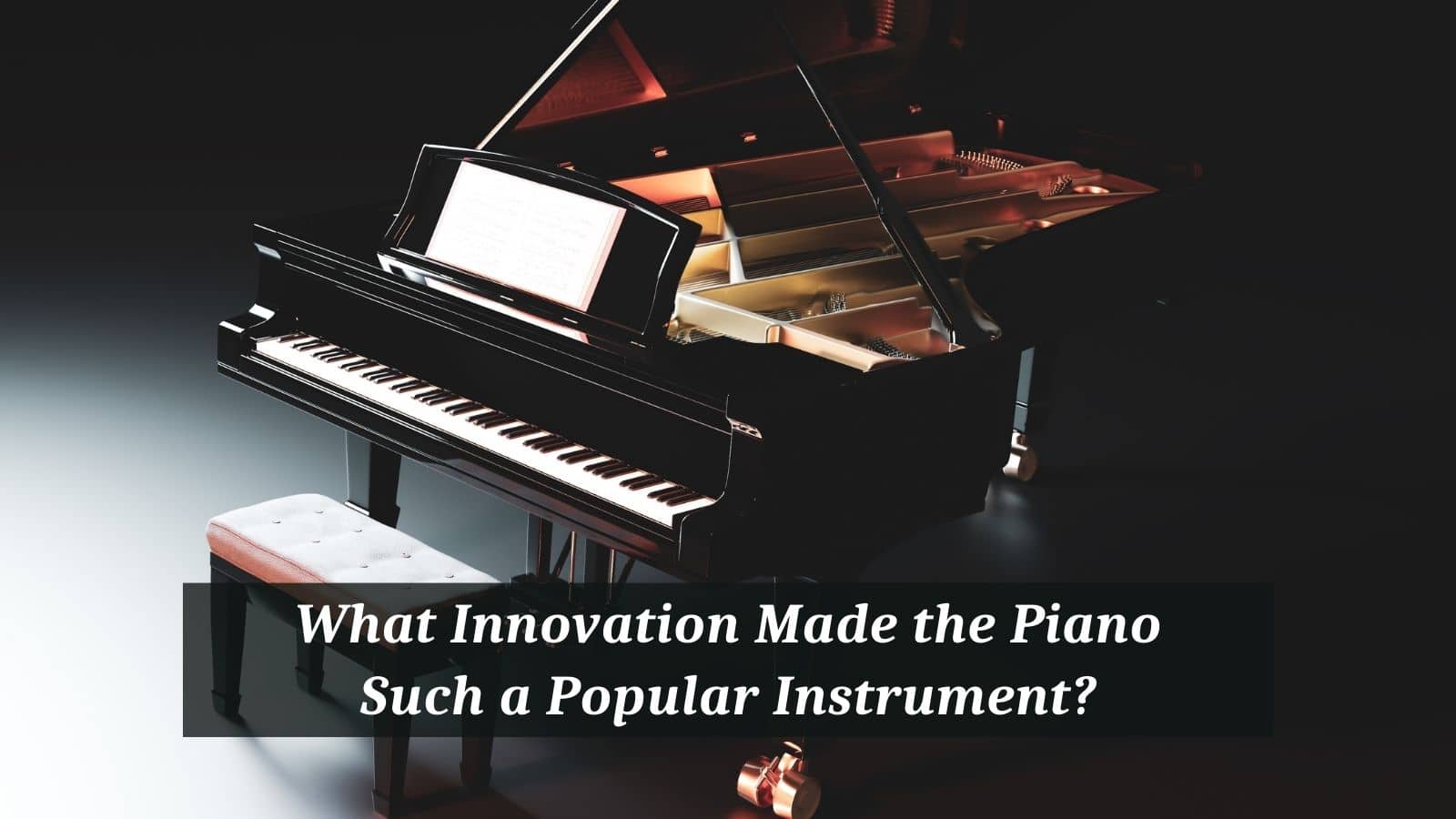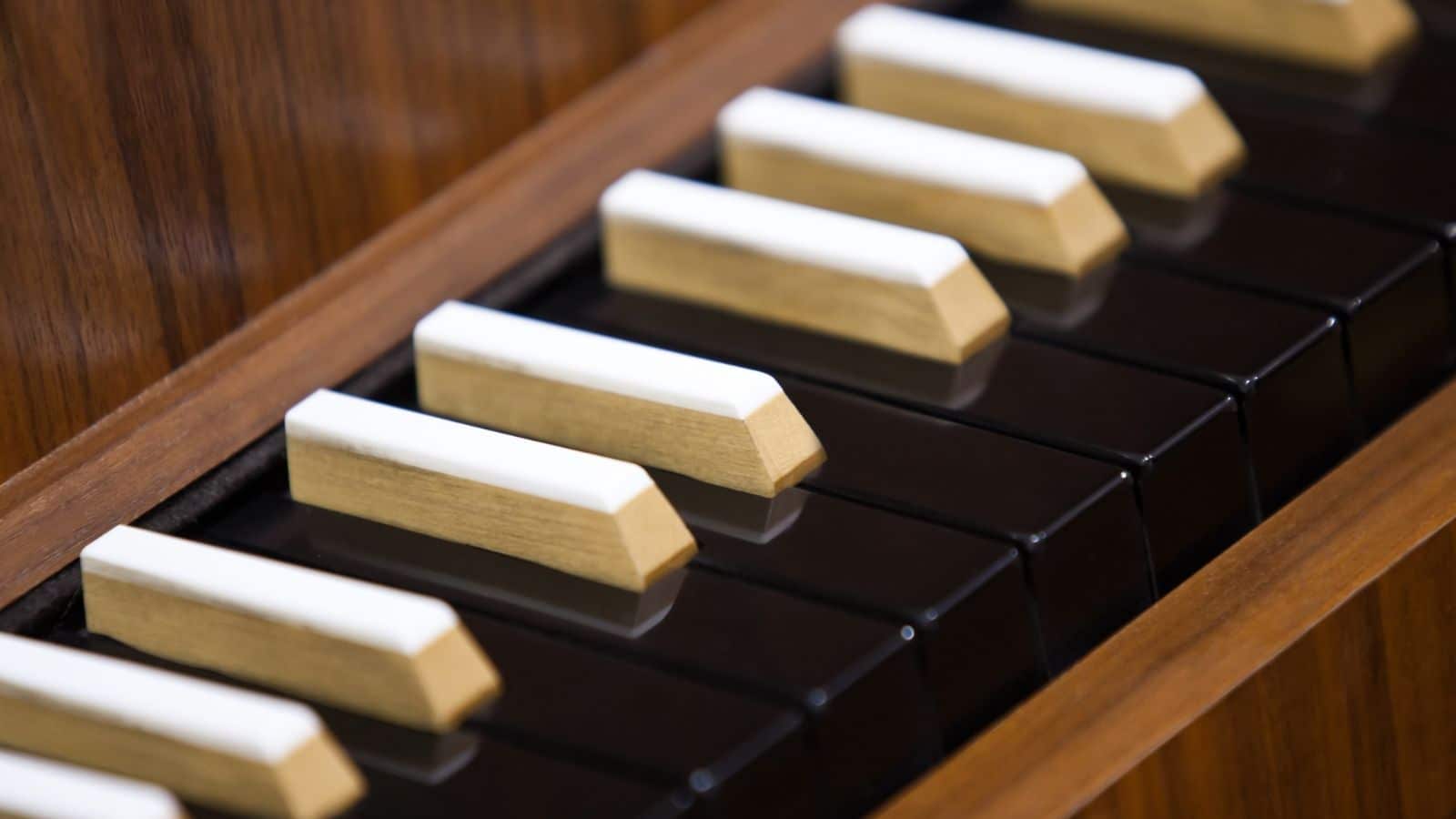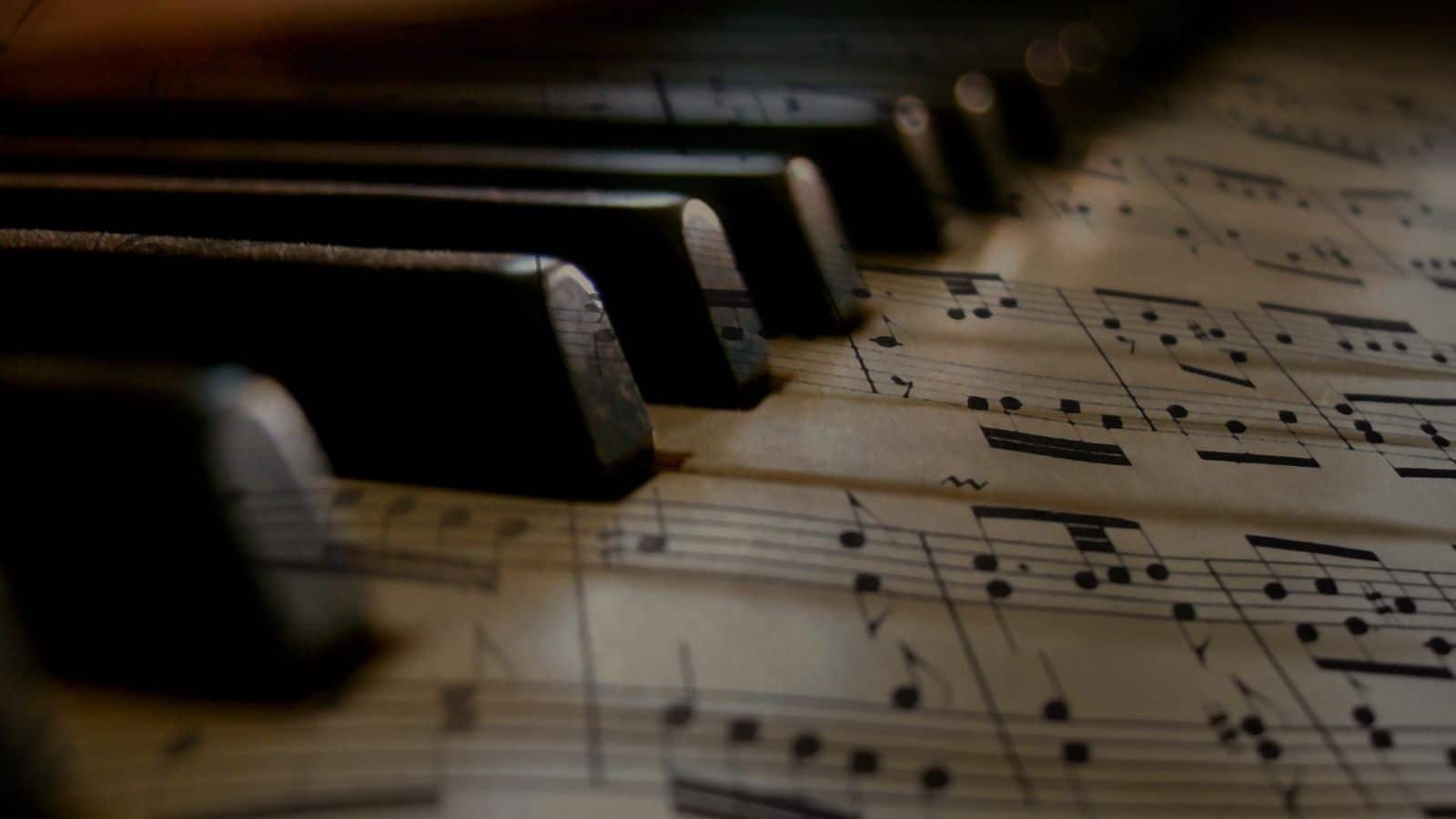
Throughout musical history, there have been advances. Some of these are technical, some theoretical, and others instrumental. One of the most significant and enduring steps forward in the history of music was the invention of the piano.
What Innovation Made the Piano Such a Popular Instrument?
In the latter part of the 17th Century, Bartolomeo Cristofori (1655-1731), made a quantum leap forward with his first attempt to create a new keyboard instrument. This would eventually become known as the piano that has made such a massive impact on the course of music from then onwards.
Up until the point where Cristofori developed his early version of the piano, there were other keyboards that composers and performers creatively used. Perhaps the most well-known one is the harpsichord.
This keyboard instrument alongside its counterparts such as the clavichord and Spinet virginal, was the backbone of keyboard music throughout the late Renaissance and Baroque periods.
The problem was that they were limited when it came to control of volume and to an extent tonal colour. Cristofori sort to address this issue with his piano.
To more completely understand the underlying frustration there was with the earlier keyboard instruments we need to examine how it is they produced their sound. The harpsichord for example used a plucking method of producing a tone.
Essentially, when the performer pressed a key the piece of wood extending into the instrument moved upwards towards the string. Using only a piece of small metal (a tangent), that was attached to this arm, the string was brought to life as it plucked the string.
Whilst there was a degree of control it was quite a narrow one when compared to what arrived with the advent of the piano.
If you want to hear this in action as it were, just listen to a piece of keyboard music by JS Bach, and you’ll hear the dynamic contrast is quite limited. Some keyboard instruments could play either louder or quieter but that was the extent of the options.
This is not to say that in some way the music of the Renaissance and Baroque eras was inferior but to recognise that the full range of dynamics we are used to today wasn’t a feature of the music then.
From these limitations came the desire for something more flexible, dynamically controllable and ultimately reliable. Early keyboards were often beautifully crafted but were challenging to keep in tune.
Cristofori’s innovation immediately addressed this issue by developing a different way to strike the string. Instead of a tangent plucking the waiting string, he decided to use a small hammer.
These leather-covered hammers were connected to a newly created mechanism that gave a different touch to the keyboard. It was not the perfect solution to the problem, but it was the first vital step towards it
By around 1726 Cristofori had arrived at a point where the action of the modern piano was created.
There was still a journey to make before the piano arrived in the way we know it today. Cristofori had set the ball in motion, now the change passed to other manufacturers, innovators and creators to carry the torch onward.
As the piano or fortepiano, gathered popularity amongst composers in the 18th Century, the instrument developed. It may be of interest to note that it wasn’t until the last decade of WA Mozart’s life that he composed for the piano.
This means that after Cristofori, there was nearly a century of development from piano makers in Austria, Germany and England. The square piano became a fashionable instrument as the 18th century progressed and Beethoven owned one that he made extensive use of.
Improvements were made to the strings, the soundboard, and the quality of the build as we approach the 19th century. These advances allowed for different shapes of pianos to be developed including eventually the upright and the grand.
It meant that they increasingly became more robust, reliable instruments with an ever-expanding range. Soon pedals would be added and this in itself was a significant improvement.
These would eventually allow performers to sustain a sound, use the una corda effect and also sustain selected chords whilst other sounds are played.
You will be aware that contemporary pianos often have three pedals. Early pianos sometimes had no pedals at all. The piano WA Mozart purchased towards the end of his life was just such an instrument.
Instead, it probably had levers that in essence offered some quantity of additional control. The clear problem with levers is that except those that were knee-operated, you’d need a spare hand with which to use them whilst you were playing. This could compromise performance.
With the developments in string tension, the sustain of the instruments moving through the 19th century was markedly improved. It increased dynamic range leading to a far greater range of tone.
Further progress was made in respect of the mechanisms for transferring the energy of the key played by the performer to the string. Pianos moved from a single string to three strings from low-mid to high-end, with increasingly sophisticated methods of tone production.
All of these were offering composers like Schubert, Beethoven and later Chopin and Liszt, to highlight a few key names, the invaluable opportunity to compose ever more demanding and sonorous pieces for the piano.
The changes that the piano brought into the world of late Classical music were immense. Composers quickly realised the invaluable possibilities that this new keyboard offered.
The harpsichord, clavinet and virginals were relegated to the past and the piano took their place. Greater performing control, a far larger range of notes and dynamics together with a sound that can carry over an orchestra.
From Cristofori’s tentative first innovations sprung the instrument we know and love today. It continues to evolve. Contemporary manufacturers are investing huge sums of money in research that aims to better the piano.
Computer programmes alongside the academic application of new technologies continue to push the boundaries towards what may one day be heralded as the perfect piano.
One of the more recent innovations is the hybrid piano that cleverly combines all the aspects of an acoustic instrument with the capabilities and functionality of an electronic keyboard. Where next?


